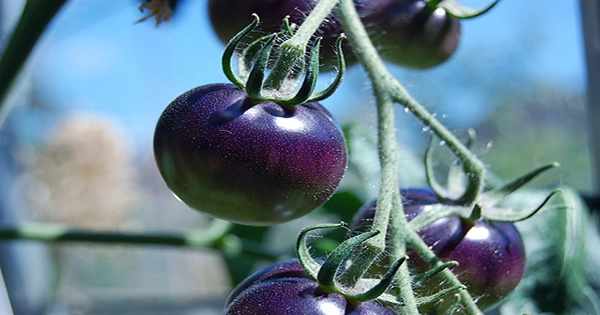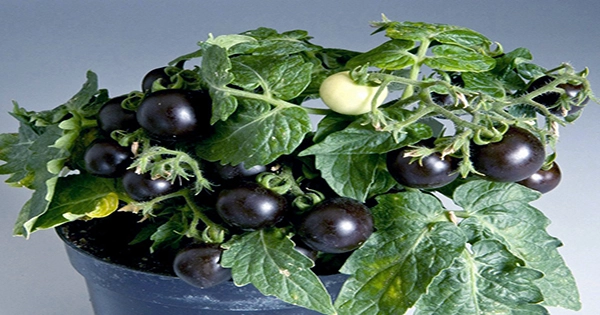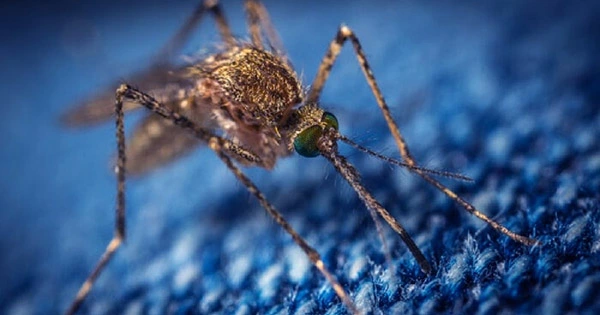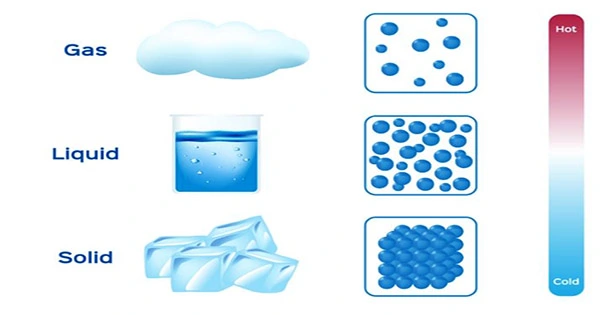Purple “superfood” tomatoes might soon be a part of your salad, BLT, or whatever other bizarre way you want to eat them (botanically speaking). The new variety’s unusual color comes from increased anthocyanin concentration, the pigment in blueberries that qualifies them as a “superfood.” The “Big Purple Tomato,” created by Cathie Martin of the John Innes Centre in the United Kingdom, was based on studies that indicated mice lived 30 percent longer on a diet supplemented with purple tomato, which is high in anthocyanins.
The researchers said in an article published in Nature Biotechnology that “dietary consumption of anthocyanins, a class of pigments generated by higher plants, has been associated with protection against a broad spectrum of human disorders.” “However, the quantities of anthocyanin in the most widely consumed fruits and vegetables may be insufficient to offer maximal benefits.” To get around this, scientists created an anthocyanin-rich tomato that turned purple and enhanced its antioxidant potential by thrice.

“Tomatoes have roughly 30,000 genes and make anthocyanins naturally in [the] leaves and stem,” Big Purple Tomato’s Nathan Pumplin told IFLScience. “Two additional genes from snapdragon were inserted into [the purple tomato], which switch on the synthesis of tomato’s natural purple anthocyanins in fruits.”
We can’t anticipate the same outcomes in people eating purple tomatoes because the study was based on mice models – but with 10 times the amount of anthocyanins compared to current tomatoes, purple-skinned tomatoes are likely to provide additional advantages. The new tomato is also distinguished by its purple flesh. That ground-breaking fruit is now in the hands of Norfolk Plant Sciences, who started the process of bringing it to market in 2021 through the website Big Purple Tomato. If the project is successful, buyers may expect to see the fruits in supermarkets as well as seeds to buy so they can grow their own at home.
The anthocyanin-stuffed tomatoes also have the added benefit of being ecologically beneficial, with a shelf life that is double that of a regular tomato, potentially reducing food waste. Any tomato variety can benefit from the technologies employed to tint it purple. Everything from your beefsteak to your baby plum might be available in nutrient-dense purple in the near future.
A 2019 biotechnology regulatory shake-up in the United States has accelerated its deployment preparations, making the clearance procedure for low-risk goods easier. Pumplin stated, “We are working with US regulatory agencies (USDA and FDA) to acquire permission.” “We’re also looking at forming agreements with firms in the tomato supply chain to help us get our products to market, and we’re working on breeding purple nutrients into more tasty tomato types.” Purple ketchup, to be precise. Soup that is purple! Pizza sauce that is purple! The options are limitless.















